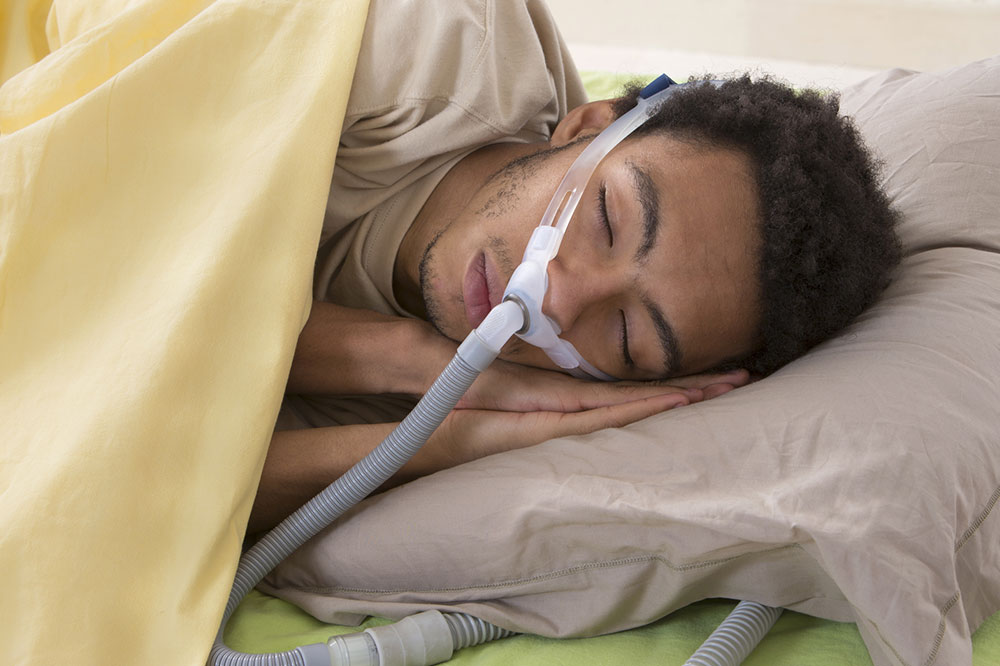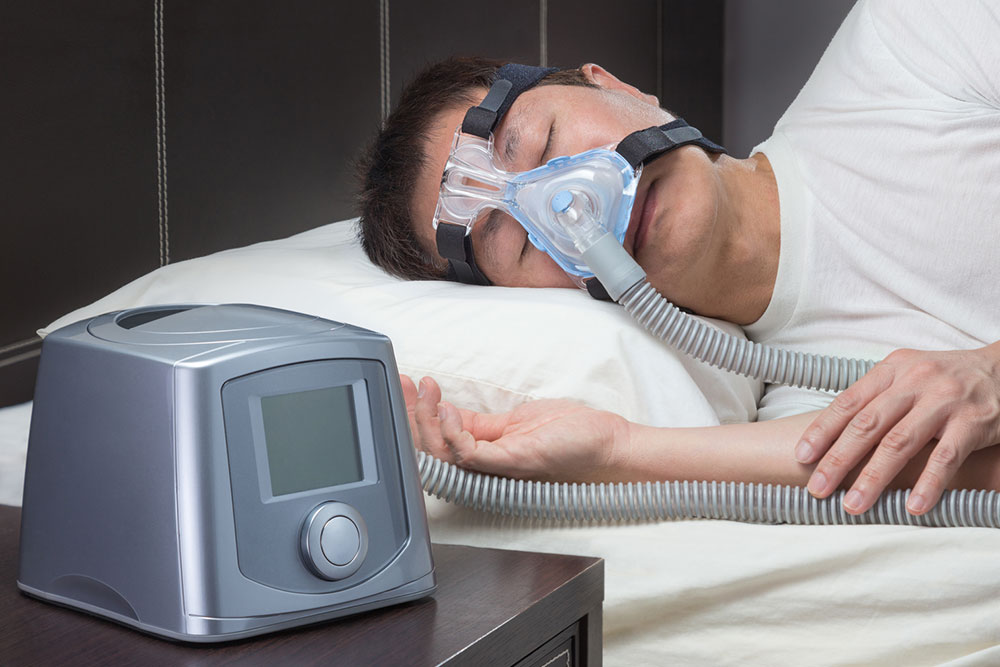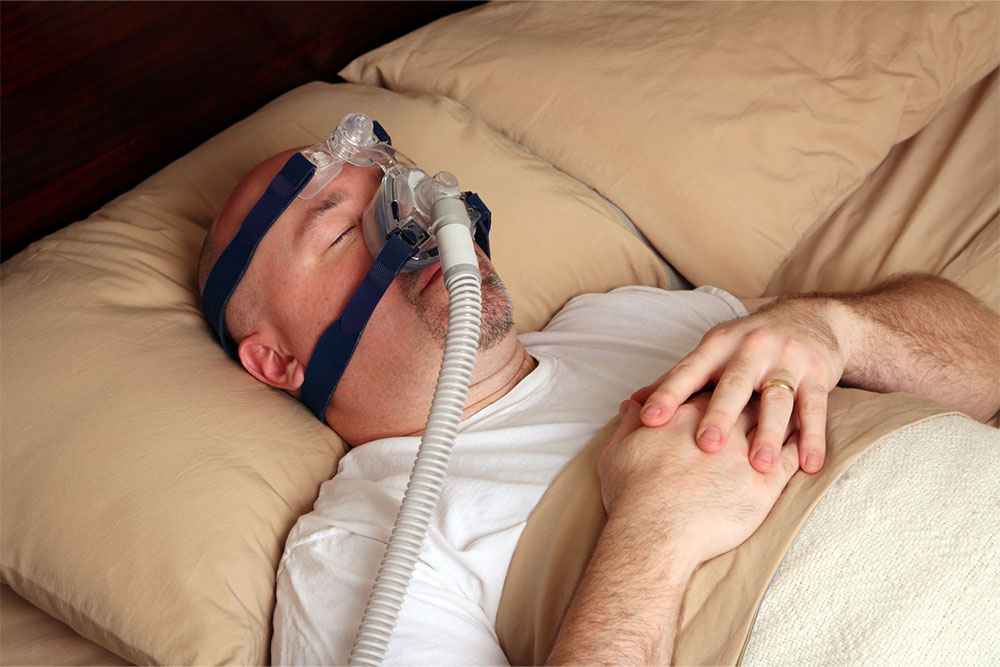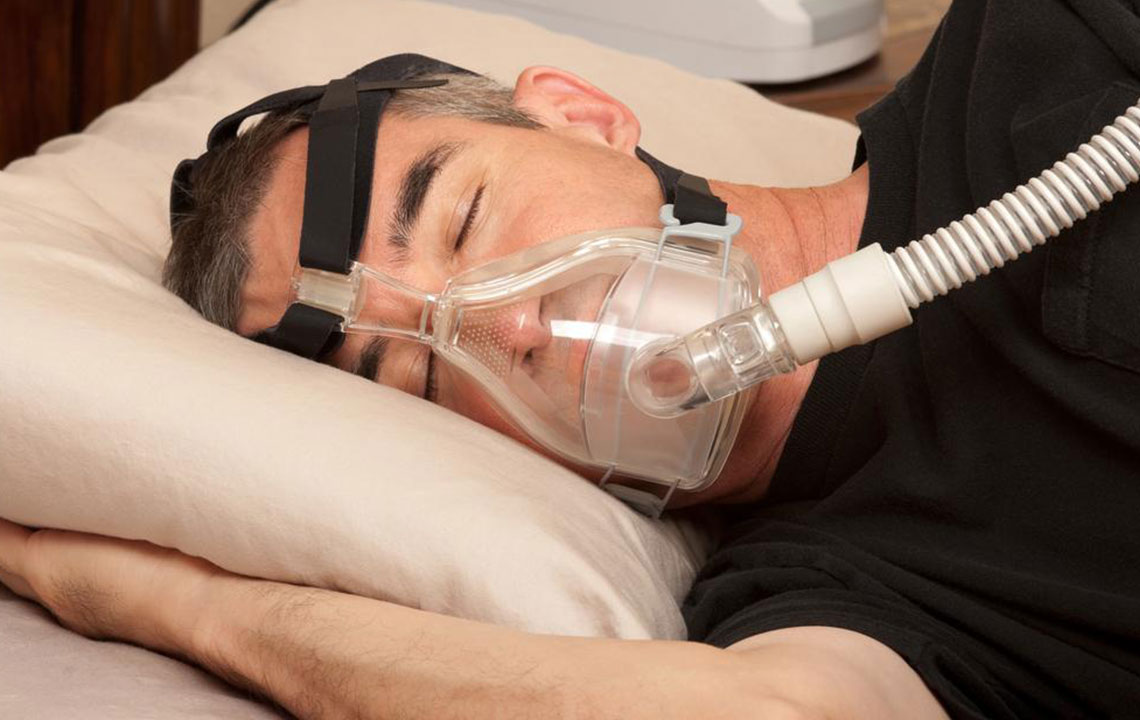Complete Guide to Sleep Apnea Diagnosis and Treatment Options
This comprehensive guide explores sleep apnea's causes, symptoms, diagnosis, and effective treatment options. From lifestyle changes to advanced devices and surgery, learn how to manage sleep disorders effectively. Early diagnosis and personalized treatment can significantly improve sleep quality and health, making this guide essential for those affected by sleep apnea.

In-Depth Overview of Sleep Apnea Management and Solutions
Sleep disorders can significantly impact overall health and quality of life, especially when they involve breathing disruptions during sleep. One of the most common and potentially serious conditions in this category is sleep apnea. This disorder occurs when the airway becomes partially or completely obstructed during sleep, causing pauses in breathing that can last from a few seconds to over a minute. Such interruptions not only fragment sleep but also reduce oxygen supply to vital organs, increasing the risk of long-term health problems such as hypertension, heart disease, stroke, and daytime fatigue. Understanding the causes, symptoms, diagnosis, and effective treatment options for sleep apnea is crucial for anyone affected by this condition.
Understanding Sleep Apnea: Causes, Symptoms, and Risks
Sleep apnea primarily arises from anatomical and physiological factors affecting the upper airway. Obstructive sleep apnea (OSA), the most common form, occurs when throat muscles relax excessively during sleep, causing the airway to narrow or close completely. Central sleep apnea, less common, involves the brain’s failure to send proper signals to the muscles responsible for breathing. Factors increasing the risk include obesity, large tonsils or adenoids, a narrow throat, a family history of sleep apnea, nasal congestion, and certain medical conditions such as hypothyroidism or neuromuscular disorders.
Symptoms of sleep apnea vary but often include loud snoring, gasping or choking during sleep, restless sleep, excessive daytime sleepiness, morning headaches, difficulty concentrating, and irritability. Recognizing these signs early can prompt timely diagnosis and management, reducing the risk of serious health complications down the line.
Diagnosing Sleep Apnea: Tests and Procedures
Proper diagnosis begins with a detailed medical history and physical examination. The gold standard for diagnosing sleep apnea is a sleep study, formally known as polysomnography. This overnight test is typically conducted in a sleep laboratory or, increasingly, through home-based monitoring devices. During the study, various parameters such as airflow, oxygen levels, heart rate, and body movements are recorded to identify abnormal breathing patterns.
Based on the results, healthcare providers classify the severity of sleep apnea—mild, moderate, or severe—which guides subsequent treatment strategies. Early diagnosis is crucial to prevent the progression of associated health risks and improve overall sleep quality.
Effective Treatment Options for Sleep Apnea
The treatment for sleep apnea depends on its severity and underlying causes. Mild cases may respond well to lifestyle modifications and behavioral changes, while more severe cases often require device-based therapies or surgical interventions. The primary goal of treatment is to keep the airway open during sleep, ensuring continuous and unobstructed breathing.
Lifestyle Modifications and Behavioral Changes
Weight Loss: Since excess weight contributes significantly to airway narrowing, losing even a modest amount can reduce apnea events.
Sleep Position: Sleeping on your side rather than your back can prevent airway obstruction caused by tongue and soft tissue collapse.
Avoidance of Sedatives and Alcohol: These substances relax throat muscles and diminish airway tone, exacerbating sleep apnea. Avoiding their use before bedtime can improve symptoms.
Managing Nasal Congestion: Using decongestants or nasal strips can help enhance airflow and reduce breathing disruptions.
Medical Devices and Therapies
For many patients, continuous positive airway pressure (CPAP) therapy remains the gold standard treatment. A CPAP machine delivers a steady stream of pressurized air through a mask, preventing airway collapse during sleep. Modern CPAP devices feature auto-adjusting pressure settings, humidity controls, and quiet operation, enhancing comfort and adherence.
Besides CPAP, alternative devices such as oral appliances that reposition the jaw and tongue are effective, especially for mild to moderate cases. These custom-made devices are worn during sleep and aim to maintain an open airway by preventing soft tissue collapse.
Surgical Options for Sleep Apnea
If conservative treatments fail or anatomical irregularities like enlarged tonsils, adenoids, or a deviated nasal septum are identified, surgical intervention might be necessary. Procedures such as uvulopalatopharyngoplasty (UPPP), maxillomandibular advancement, or nasal surgeries aim to remove or reshape tissues that obstruct the airway. In some cases, nerve stimulation devices are implanted to help maintain airway patency. It's essential to consult an ENT specialist or sleep surgeon to determine the most appropriate surgical approach based on individual assessment.
Advancements in Sleep Apnea Management: Technological Innovations
Recent years have seen significant technological advancements aimed at improving diagnosis, treatment efficacy, and patient comfort. High-quality CPAP machines from reputable brands like ResMed are equipped with smart features such as auto-titration, data tracking, and customizable comfort settings. These innovations help ensure better compliance and more effective treatment outcomes.
Additionally, newer oral appliances and behavioral therapies contribute to a comprehensive approach to management. Wearable sleep trackers and mobile apps now provide patients with real-time sleep data, fostering greater awareness and adherence to prescribed therapies. The development of minimally invasive surgical techniques also offers hope for individuals with complex anatomical issues resistant to other treatments.
Choosing the Right Treatment and Finding Support
Effectively managing sleep apnea requires a multidisciplinary approach involving sleep specialists, ENT doctors, and sometimes weight management professionals. Education about the condition, treatment options, and lifestyle adjustments is crucial for improving compliance and outcomes. Support groups and patient communities can also provide valuable encouragement and practical advice.
When selecting devices such as CPAP or oral appliances, consulting with qualified healthcare providers ensures personalized solutions tailored to your specific needs. Regular follow-up appointments are essential to monitor therapy effectiveness, make adjustments, and address any discomfort or side effects.
Ultimately, early diagnosis and consistent management can dramatically improve sleep quality, overall health, and quality of life for individuals battling sleep apnea.
Addressing sleep apnea proactively can lead to better health outcomes and a more restful night’s sleep. With ongoing innovations and a supportive healthcare framework, managing this condition is becoming increasingly accessible and effective. If you suspect you have sleep apnea, consult your healthcare provider today to explore the most suitable diagnosis and treatment options.





